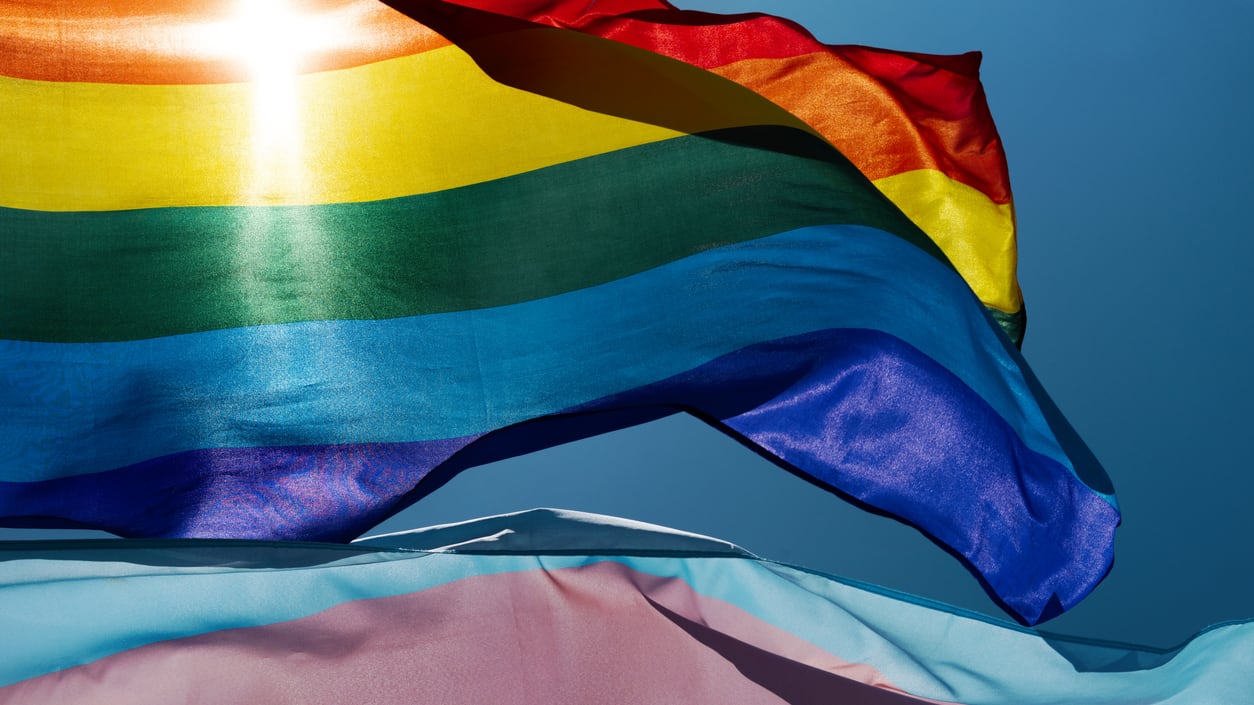Promoting diversity and inclusion within an organization has become essential not only to employers, but also to their employees, customers and clients. While there has been a lot of focus on being inclusive of women and people of color, employers and their HR professionals are also increasing their efforts to build workplaces that incorporate the LGBTQ community.
In this article, you will find resources and guidance to assist your company on its journey to help this community navigate the workplace.
Terminology
When employers begin to build a more inclusive workplace for the LGBTQ community, they need to understand common terms and language. For example, HR can help employers understand the difference between sexual orientation and gender identity and how those definitions can impact policy. When HR professionals and employers educate themselves, there will be improved communication and trust.
Legislation
Over the years, legislative protections for the LGBTQ community have increased. In addition to the prohibitions on sex discrimination under the federal Title VII of the Civil Rights Act of 1964, legal protections are emerging for LGBTQ employees at the state and local levels.
Title VII of the Civil Rights Act of 1964
Title VII protects individuals against employment discrimination on the basis of race and color, national origin, sex, and religion and applies to employers with 15 or more employees. Among the types of employers required to comply with Title VII are private-sector organizations (including employment agencies and labor organizations) as well as state and local governments and the federal government.
The U.S. Supreme Court ruled on June 15, 2020, that sexual orientation and gender identity or expression are included in the definition of "sex"; therefore, employers may not discriminate on that basis against individuals in employment.
[See What You Should Know: The EEOC and Protections for LGBTQ+ Workers.]
Resources from the EEOC:
- Technical Assistance Protections Against Employment Discrimination Based on Sexual Orientation or Gender Identity
- Landing Page Sexual Orientation and Gender Identity (SOGI) Discrimination
State and Local Anti-Discrimination Laws
Numerous states and localities across the United States have enacted laws that expressly prohibit employment discrimination based on gender identity and gender expression. Employees working in those states, regardless of where the employer is headquartered, are protected by those laws.
Policies and Best Practices
HR can help employers update policies and practices to include gender identity and gender expression and comply with federal, state and local laws. The use of terminology and language discussed previously can be a good starting point. For example, revise company policy language to move away from the traditional "he or she" pronouns, and instead use "they or them." Some of the policies and practices that HR should review are those related to anti-discrimination, dress code, benefits and offerings, and recruitment and selection processes, as well as inclusion initiatives.
Related SHRM Articles:
- More Employee Handbooks Replace 'He' and 'She' with 'They'
- A Sense of Belonging
- What Does the High Court's LGBTQ Ruling Mean for Employee Benefits?
- The Benefits of Offering Gender-Neutral Bathrooms in the Workplace
- Biden Administration Revives LGBTQ Health Care Protections
- HHS Blocked from Rolling Back Health Care Protections for Transgender Workers
- How to Create Inclusive Workplaces for Transgender and Nonbinary Employees
Members-Only Resources:
- Employing Transgender Workers
- How should an employer handle a transgender employee's request for a name change?
Strategic Planning
As a business partner, HR should look at opportunities to improve and strategically align goals. One aspect of strategic planning includes benchmarking against other organizations. The information in the resources below can help HR professionals find statistics on what other companies are doing as well as innovative ideas on how to be more inclusive of the LGBTQ community.
- Human Rights Campaign (HRC) Foundation's Corporate Equality Index. A national benchmarking tool on corporate policies, practices and benefits pertinent to LGBTQ employees.
- National LGBT Chamber of Commerce. The business voice of the LGBT community, the largest advocacy organization dedicated to expanding economic opportunities and advancements for LGBT individuals, and the exclusive certifying body for LGBT-owned businesses.
- Pride at Work. Represents LGBTQ union members and their allies and organizes mutual support between the labor movement and the LGBTQ community to further social and economic justice.
- Out & Equal. The premier organization working exclusively on LGBTQ workplace equality. The organization helps LGBTQ individuals thrive and supports organizations that are creating a culture of belonging for all. These toolkits and guides can help employers be more inclusive.
Inclusive workplaces for LGBTQ employees are important to the newest generation of workers, Generation Alpha (born from 2010 to 2024). One way employers can recruit and retain members of this generation is by providing resources to help younger LGBTQ employees deal with the challenges of being part of the community. Resources like The Trevor Project can be invaluable. The Trevor Project is the leading national organization providing crisis intervention and suicide prevention services to LGBTQ individuals younger than 25. Its Handbook for LGBTQ Young People can be a starting point for employers.
The Together Forward @Work Task Force is a group of SHRM volunteer leaders and SHRM staff that supports the Together Forward @Work initiative.
Advertisement
An organization run by AI is not a futuristic concept. Such technology is already a part of many workplaces and will continue to shape the labor market and HR. Here's how employers and employees can successfully manage generative AI and other AI-powered systems.
Advertisement



